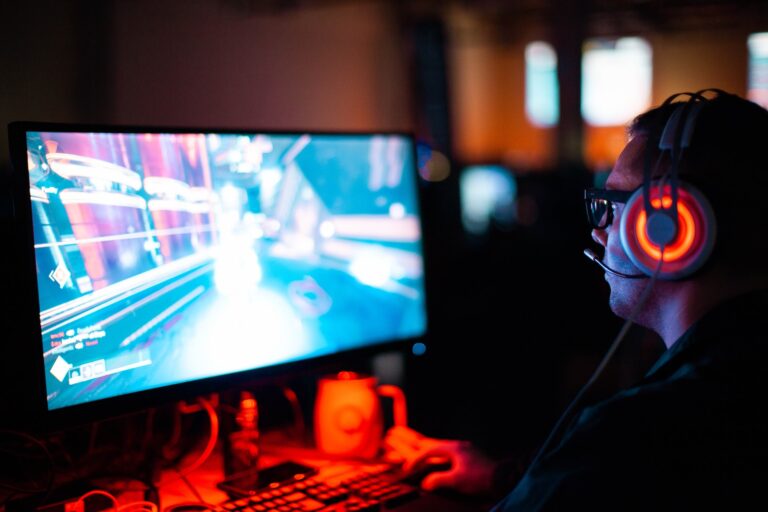What is the maximum bandwidth of LPDDR5?
What is LPDDR5
LPDDR5 is the latest generation of low-power double data rate (LPDDR) memory, which is designed for mobile devices and applications that require high performance and low power consumption. LPDDR5 offers several advantages over its predecessors, such as LPDDR4 and LPDDR4X, in terms of speed, efficiency and density.

One of the key features of LPDDR5 is its maximum data rate, which determines how fast the memory can transfer data to and from the processor. The higher the data rate, the better the performance of the device, especially for tasks that involve large amounts of data, such as 5G networking, artificial intelligence, gaming, and video processing.
Maximum Data Rate of LPDDR5
According to JEDEC, the standards body that defines LPDDR specifications, LPDDR5 can support a maximum data rate of 6400 Mbps (megabits per second) per pin, which translates to 51.2 GB/s (gigabytes per second) of bandwidth for a 64-bit wide memory interface. This is 50% more than the maximum data rate of LPDDR4X, which is 4266 Mbps per pin or 34.1 GB/s of bandwidth.
Some memory manufacturers, such as Samsung and Micron, have also announced plans to develop enhanced versions of LPDDR5, such as LPDDR5X and LPDDR5E, which aim to further increase the data rate up to 8533 Mbps per pin or 68.3 GB/s of bandwidth. These versions are not yet standardized by JEDEC, but they are expected to be compatible with existing LPDDR5 devices and controllers.
The higher data rate of LPDDR5 enables faster and smoother performance for mobile devices that need to handle large amounts of data, such as streaming high-resolution videos, running multiple applications simultaneously, or processing complex artificial intelligence algorithms. For example, a smartphone with LPDDR5 memory can download a 3.7 GB movie in about six seconds using a 5G network, compared to about nine seconds with LPDDR4X memory.
Another benefit of LPDDR5 is its improved power efficiency, which helps extend the battery life of mobile devices. LPDDR5 consumes 20% less power than LPDDR4X for the same data rate, thanks to several innovations in its design and operation.
Some of these innovations include:
- A lower operating voltage of 0.5 V for the memory core and 1.05 V for the I/O interface, compared to 0.6 V and 1.1 V for LPDDR4X.
- A variable refresh rate that adapts to the temperature and retention time of the memory cells, reducing unnecessary refresh operations that consume power.
- A deep sleep mode reduces the standby power consumption by up to 40% when the memory is not in use.
- A write-leveling calibration that optimizes the timing of the write signals, reducing the power consumption during write operations.
By reducing the power consumption of the memory, LPDDR5 helps mobile devices run longer on a single charge, which is especially important for applications that require high performance and continuous operation, such as gaming, augmented reality, and virtual reality.
Finally, LPDDR5 also supports higher memory densities than previous generations, which means more memory capacity can be packed into a smaller space. According to JEDEC, LPDDR5 can support up to 12 GB (gigabytes) of memory per chip, which is twice as much as LPDDR4X.
READ ALSO: How Much RAM Does a Laptop Need?
This allows mobile devices to have more memory available for running multiple applications or storing large amounts of data without compromising on performance or form factor. For example, a smartphone with 12 GB of LPDDR5 memory can store about 2000 high-resolution photos or run about 20 applications at the same time without slowing down.
In summary, LPDDR5 is a new generation of low-power memory that offers significant improvements over previous generations in terms of speed, efficiency, and density. It enables mobile devices to handle large amounts of data faster and smoother while consuming less power and occupying less space. It is expected to become the mainstream memory solution for mobile devices and applications that require high performance and low power consumption in the near future.
Disclaimer: This page contains links that are part of different affiliate programs. If you click and purchase anything through those links, I may earn a small commission at no extra cost to you. Click here for more information.
SUBSCRIBE TO TECHNOBRAX
If you want to receive updates whenever we post new articles or emails regarding discount deals on mice and keyboards, or other electronic devices CLICK HERE to SUBSCRIBE









